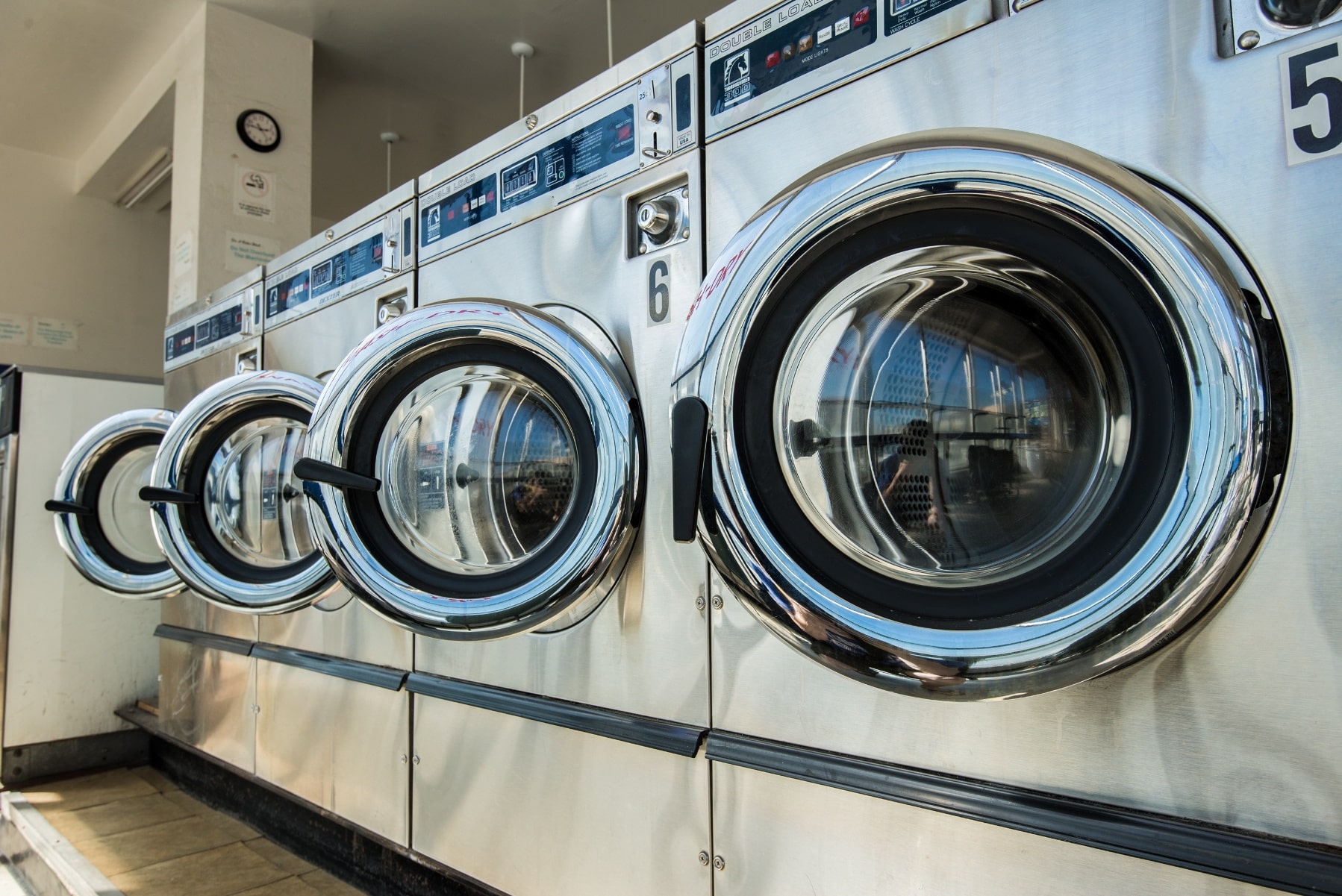Laundry day is one of everyone’s least favorite chores. We lug my overloaded basket to the laundromat every few days and fill it to the brim there. We mix my whites and colors (sorry, mom!) and my textiles in the vain assumption that more soap and hot water will fix everything.
The typical laundry blunders that most people make are broken down here. Rinse, wash, and repeat.
- Filling your washer to capacity
The lower the load size, the better, when discussing laundry.
Smaller loads will lessen the need to repeat washes when stains don’t come out and even shorten drying time. If the drum is overcrowded, it will be more difficult for the detergent to enter each item of clothing and thoroughly remove stains.
During the cycle, clothes require room to move around and breathe. The amount of space the clothing requires to effectively soak and agitate to remove the filth will be reduced if the tub is completely loaded or even if the garments are compressed using the washing machine.
- Excessive detergent use
You might believe that using extra detergent will make the load cleaner. It seems that the majority of us use way too much. “Using excess detergent or excess scent beads promotes build-up inside the fibers of your garments which hang onto filth and bacteria. We only need one to two tablespoons for a regular load. - Constantly choose hot water
Hot water not only significantly increases the energy used during washing, but it also places undue strain on some types of fabric. Your clothes will last longer, be more environmentally friendly, and cost less if you use a cold-water-appropriate detergent like ECOS Stain Fighting Detergent and choose the proper water temperature.
In general, cold water prevents dark colors from bleeding and is best for goods that might shrink. Warm water is recommended for “moderately filthy apparel and man-made materials like polyester,” while hot water is better for “towels, heavy cotton, bedding, or items that are badly soiled,” according to the advice.
- Improper clothing preparation
Undoubtedly a less well-known error, but unquestionably a significant one. Close all of your large buttons, zip your zippers, and wash anything with trim inside out. By doing this, snags caused by zippers or trims getting stuck on other pieces of clothing will be avoided. - Wearing socks sideways or folded up
We roll our socks up so quickly, throw them in the basket, and quickly add the basket to the rest of the load. When done correctly, it can be a game-changer, especially for athletes whose shoes may have extra dirt or grass stains on the soles. The debris is not given an opportunity to be rinsed out when these things are washed while rolled up. - Combining all of your clothing
We all know that sorting whites and colors keeps them from blending together, but did you realize that you should also separate your fabrics according to their weights? Over time, excessive wear or even damage to delicate fabrics like lace can result from heavy objects like trousers rubbing against them forcefully. - Leaving loads in the washer for too long
Even the best of us occasionally forget to start a load of laundry. But it can also lead to the growth of mold, which, in Arkin’s opinion, has a distinct odor. It’s crucial to move garments to the dryer or line as soon as the wash cycle is through, even though you might not be able to smell the mold if you used a detergent with high fragrance levels. - Consistently using the same settings
While many of us have a preferred machine setting, it’s time to familiarize yourself with each. Permanent press is effective for a typical family laundry load. For a small load of lightly soiled things that you wish to wash in half the usual time, a speed wash works nicely. For heavy goods like jeans or towels that demand more agitation and a faster spin cycle than typical materials, a heavy wash cycle is best reserved.


